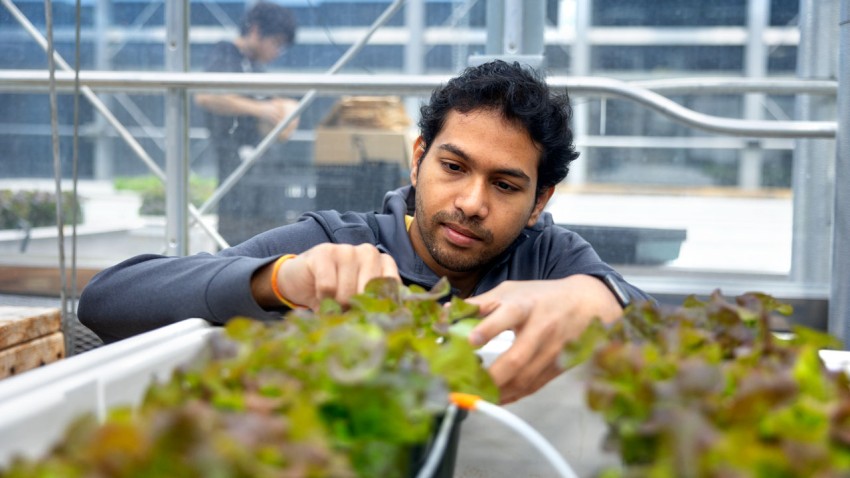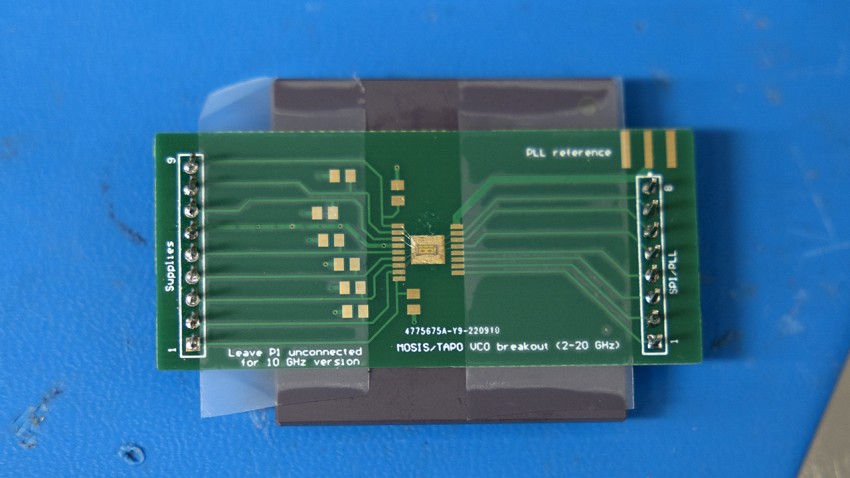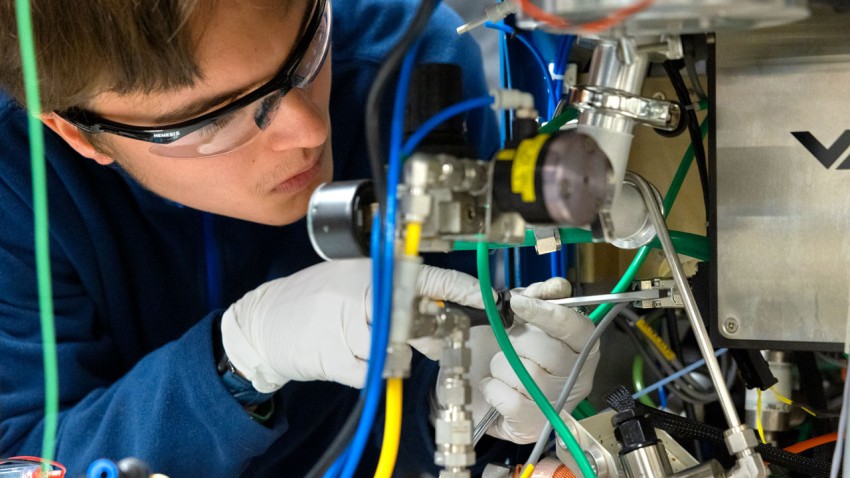News
-
![soft jellyfish robot]()
‘Embodied energy’ powers modular worm, jellyfish robots
In the same way that terrestrial life evolved from ocean swimmers to land walkers, soft robots are progressing, too, thanks to recent Cornell research in battery development and design.
-
![Rendering of an expanded Duffield Hall, set to transform the corner of Hoy and Campus roads by adding over 130,000 square feet of new and renovated space for the School of Electrical and Computer Engineering. Construction begins in 2025, with completion expected in 2027.]()
Historic $100 million investment to expand Engineering’s Duffield Hall
The commitment, the largest in Cornell Engineering’s history, from David A. Duffield ’62, MBA ’64, will significantly expand the college’s existing Duffield Hall, creating a new state-of-the-art home for the School of Electrical and Computer Engineering.
-
![Lynden Archer, right, the Joseph Silbert Dean of Engineering, presents James C. Morgan ’60, MBA ’63 with the Cornell Engineering Distinguished Alumni Award.]()
James Morgan ’60, MBA ’63, earns Engineering’s highest alumni honor
In recognition of his transformative leadership in nanomanufacturing technology, James C. Morgan ’60, MBA ’63, was presented with the Cornell Engineering Distinguished Alumni Award – the college’s highest alumni honor.
Latest Awards and Recognition
View all-
AIAA names Sobhani their 2025 Young Professional of the Year
Sadaf Sobhani, assistant professor, was selected for the American Institute of Aeronautics and Astronautics (AIAA)…
May 12, 2025
-
Reiter selected for two-week residency
Matthew Reiter, professor of practice, has been selected for a two-week residency in July as…
May 9, 2025
-
Kirby, Yang receive Creative Teaching awards
Brian Kirby, Meinig Family Professor, and Rong Yang, assistant professor, have received Creative Teaching…
May 9, 2025
-
Zhang team places third in solar competition
A team under the guidance of Max Zhang, Irving Porter Church Professor, placed third in…
May 5, 2025






